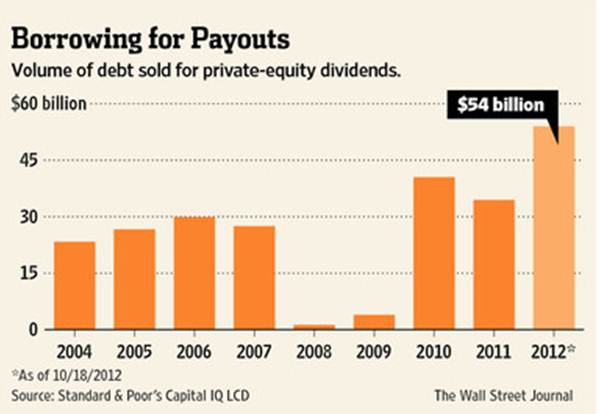By: Mobeen Tahir, Director, Research Wisdom Tree
The world had barely started healing from the pandemic when reverberations of war became audible. For investors, there has been much to contend with. We believe there are four meaningful and lasting shifts in the investment landscape that have been catalyzed by the conflict.
The need to recognize that geopolitical risks are always around the corner
Do we remember the geopolitical dynamic that made headlines between 2018 and 2020? Trade wars between China and US. The two sides reached a ‘Phase One’ trade deal in January 2020 – a step in the right direction, yes, but by no means a comprehensive resolution of the matter. What took trade wars off the front-page headlines was not that they ended but that they were dwarfed by other crises. For two years, it was the pandemic. Since the start of 2022, it’s been the crisis in Ukraine.
Investors have, therefore, been reminded about the need to consider geopolitical risks when constructing portfolios. The merits of historic haven investments like gold have been reinforced, and the virtues of all-weather equity factors like quality – that can better withstand market volatility – have become more apparent.
The need to prepare for policy tightening
Now, the question is not if but when, and by how much. Central banks have been mobilized, and interest rates are already on the rise. Many investors have either not experienced the scale of policy tightening expected in the coming months during their investing careers or merely have vague recollections of past tightening cycles. Investing behavior is susceptible to myopia too. But policy tightening cannot be ignored.
Again, two key avenues have opened for investors. The first is duration management, i.e., reducing the interest rate sensitivity (and thus the negative impact of rising rates). Many investors are now seeking lower duration, income-generating assets. In fixed income, we see investors turning to floating rate Treasuries (which reduce duration without adding credit risk). And in equities, dividend-paying stocks appear to be in favor.
The need for better inflation protection
The war in Ukraine has created an additional inflationary shock. It has exposed fault lines in global supply chains, further exacerbating the problem that arose during the pandemic. Investors realize that monetary policy accommodation alone didn’t create inflation, and its tightening alone won’t address it either. Higher commodity prices, supply chain disruptions, tight labor markets, and pent-up demand are all at play.
It is hard not to notice the strong demand from investors for broad commodities over the last twelve months. With rising commodity prices being a key driver of inflation, their hedging properties are hard to ignore. Moreover, investors are finding broad commodities appealing as a diversification tool – not just against traditional asset classes but even within the basket – given the heterogeneity of individual commodity sectors.
The need to observe that certain megatrends have been catalyzed
Most recently, Germany announced that it will turbocharge its energy transition to 100% by 2035 – 15 years earlier than previously envisaged. While the impetus has emanated from a desire to reduce energy dependence on Russia, ultimately it is about reducing the reliance on fossil fuels. The energy transition towards greener technologies will not happen overnight – but it can accelerate in a moment. And that is precisely what we are seeing right now.
President Biden has recently cautioned that Russia might explore ‘malicious cyber activity’ against the US in response to US sanctions. Politics aside, the warning serves as a reminder of the perils of cyber vulnerability. The risk of cyberattacks doesn’t just materialize during conflicts, it simply becomes more prominent. The risk is always there. Organizations around the world are reinforcing their cyber defenses realizing that the cost of not doing so can often be irreparable reputational or financial damage.
In the coming weeks, we will delve deeper into these topics and how investors can reconfigure their portfolio to deal with them.
This post first appeared on April 1, 2022 on the Wisdom Tree Blog.
PHOTO CREDIT: https://www.shutterstock.com/g/Travis+Wolfe
Via SHUTTERSTOCK
DISCLOSURE
Investing involves risk, including the possible loss of principal. Diversification does not ensure a profit nor guarantee against a loss.
This material represents an assessment of the market environment at a specific point in time and is not intended to be a forecast of future events, or a guarantee of future results. This information is not intended to be individual or personalized investment or tax advice and should not be used for trading purposes. Please consult a financial advisor or tax professional for more information regarding your investment and/or tax situation.


